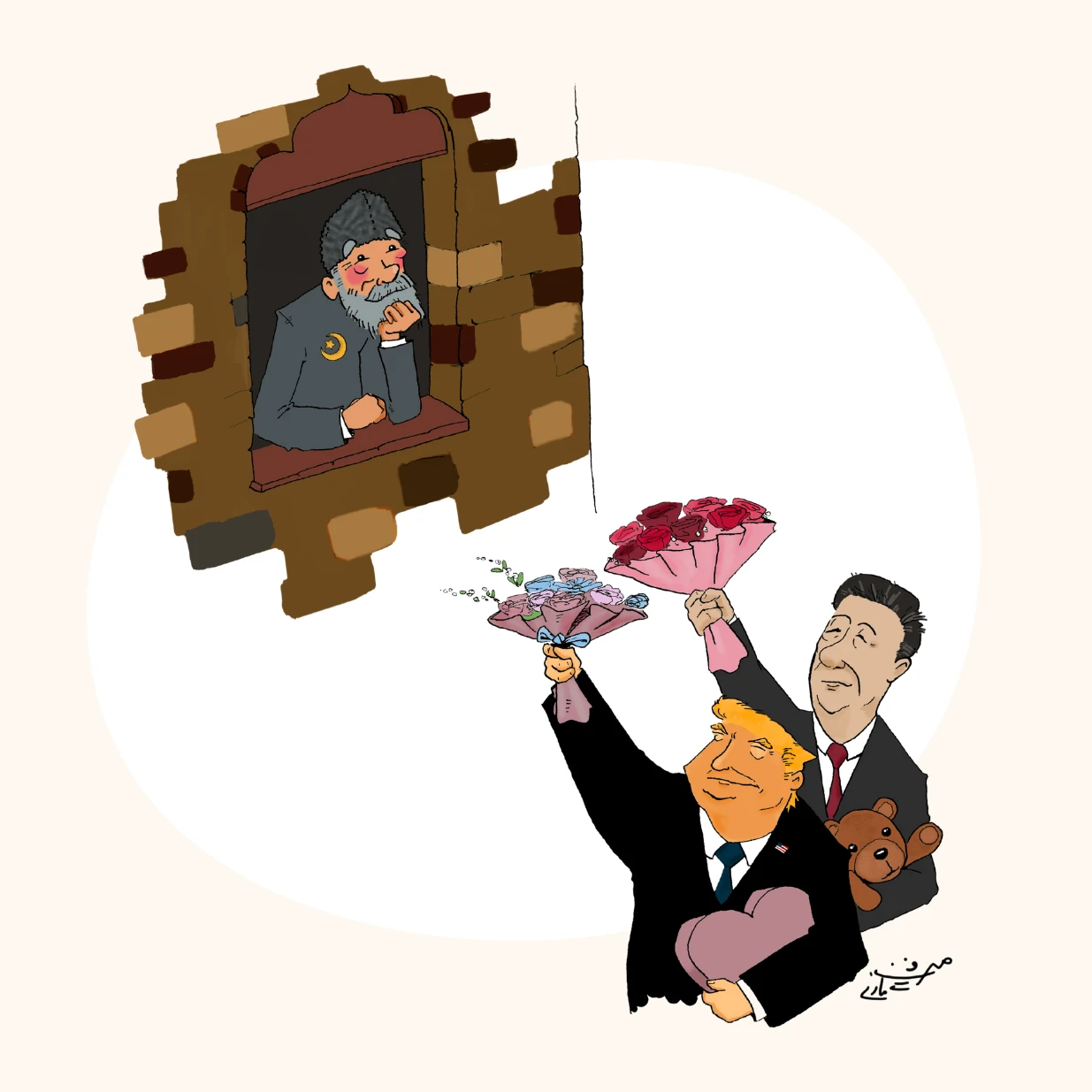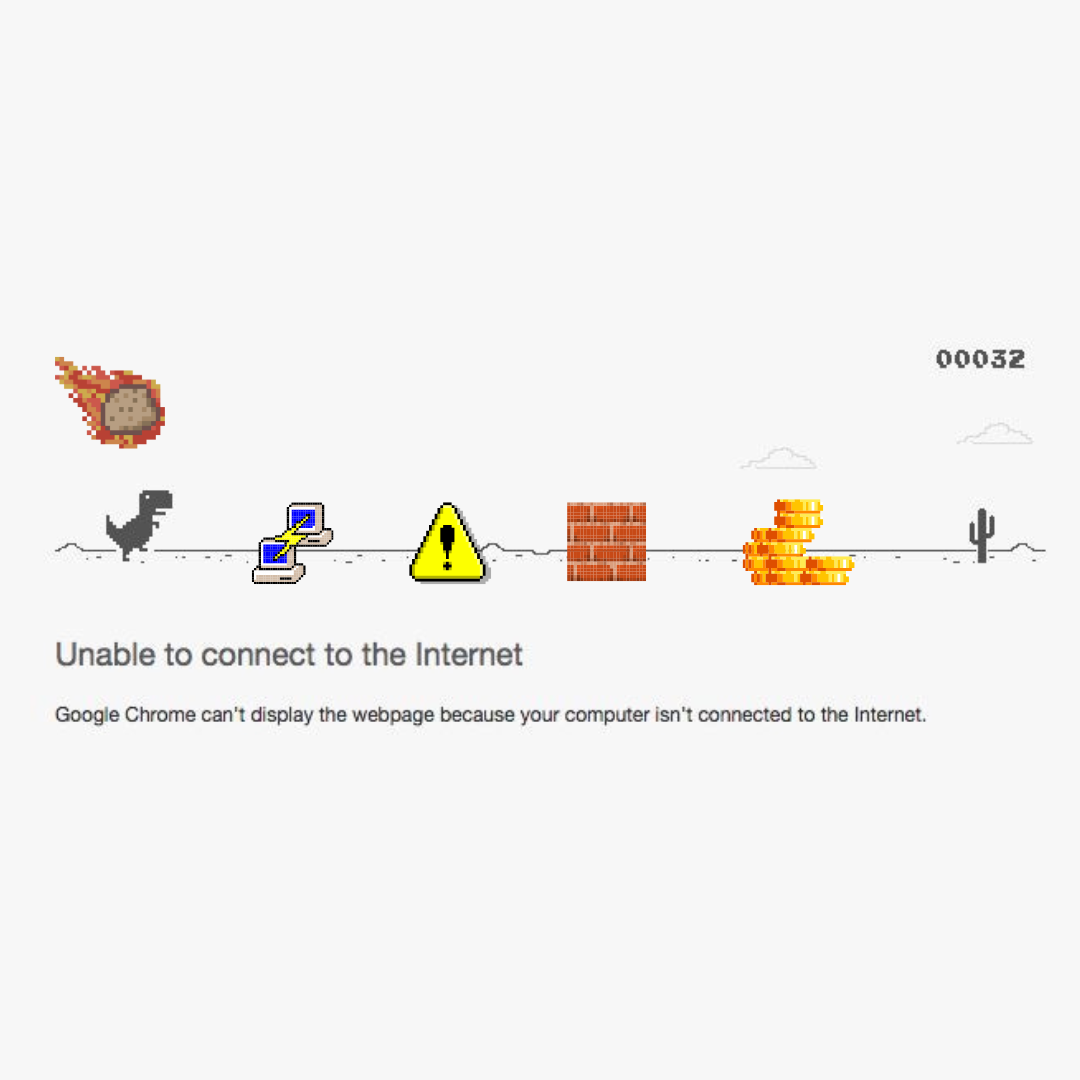Pakistan’s gains in the foreign policy arena have generated the contradictory emotions of euphoria, bewilderment and anxiety across the country. The government supporters are hailing it as heralding a new age of diplomacy for Pakistan in which the country will be able to navigate global fissures to its advantage. Many neutral observers are surprised at how seamlessly Pakistan is improving relations with China, the United States and Iran, while isolating its arch rival, India. Finally, critics of the government, as well as those living in the peripheries of the country (particularly ex-FATA and Balochistan), argue that this renewed importance of Pakistan fits into a longer history of rent-seeking that will usher in a new round of war and repression in the region.
Any moment in history is contingent and contains multiple possibilities. The current phase, signalled by the decline of US imperialism, the collapse of states across the Middle East and the shift of power to Asia, is pregnant with both dangers and opportunities. In such moments of epochal transitions, not only does the world change, but the tools that analysts use to describe the world become obsolete. Thus, we are witnessing the culmination of a world-wide historical process that calls neither for euphoria nor for outright condemnation of the present. Instead, a patient analysis of the trajectory of events needs to be outlined to make visible both the contradictions that shape the present moment and the difficult choices they offer us.
Pakistan and the World
In the first years of independence, progressive elements in Pakistan aimed to develop a sovereign foreign policy, as exemplified by the support for Palestine, Algeria and the Non-Aligned Movement. A host of internal transformations reduced the space for charting an independent path, beginning with the hegemony of the feudal classes as the Muslim League disintegrated. The persecution of left-wing elements after the Rawalpindi Conspiracy Case (1951) and the subsequent banning of the Communist Party of Pakistan and its associated unions (1954), as well as the rise of the bureaucratic elite in the country’s political affairs, further foreclosed alternative paths forward. The new ruling constellation desired the fruits of state power and modernity without undertaking reforms essential to creating a modern, forward-looking polity.
Such regressive forces throughout the Third World found a new ally in their attempts to hold on to power: the United States of America. As the new imperial overlord following the decline of the British and French Empires, the US feared that the newly independent states would undercut the hegemony of global capitalism by asserting sovereignty over their own resources. ‘Socialism’ became almost synonymous with independence, with parties as different as the Indian National Congress, the Communist Party of China and the Muslim League deploying the word to garner legitimacy and signal their intent. With the formation of the Central Intelligence Agency in 1949, the US organised a global effort to turn back the tide of history and reassert Western hegemony over the globe.
Washington’s preferred partner in its efforts to roll back the potential of decolonisation was the military leadership in Third World countries. Pakistan’s story is part of this larger history of counter-revolution that gripped the country in the 1950s. The signing of the SEATO-CENTO pacts in 1954 and 1955 placed Pakistan firmly in the Western camp, with the military rising as the primary mediator between Islamabad and DC. The decision to tie our fate with the US not only exacerbated authoritarianism in the country, but also created a rentier economy that depended on dollars emanating from renting out its strategic location. As a result, we witnessed the rise of what Hamza Alavi has called the ‘Military-Bureaucratic Oligarchy’, an authoritarian elite indifferent to popular will, dependent on foreign aid and proxy wars and allergic to any serious socio-economic reform.
For decades, Pakistan was able to navigate relations between the US and China, playing a key role in facilitating President Nixon’s visit to Beijing. In fact, in the mid-2010s, Pakistan was in the unique position of providing a conduit for both NATO supplies (for the Afghan War) and China’s Belt and Road Initiative, simultaneously becoming central to the strategic calculus of two geopolitical rivals.
One aspect of our history has run parallel to, if not in tension with, this overall history—our relationship with China. Soon after the ideological rupture between China and the Soviet Union, known as the Sino-Soviet split (1962), China went to war with India, an ally of the Russians. These tensions brought Pakistan and China closer, as the Chinese revolution enjoyed mass support in the public for its anti-colonial character, support only bolstered by its enmity with India. Intellectuals and activists throughout the 1960s and 1970s saw in China a model for sovereign development ideally suited for Pakistan. Many of these individuals coalesced around the charismatic leadership of Zulfikar Ali Bhutto, who was the architect of the Pakistan-China friendship as foreign minister under Ayub Khan. Bhutto’s reform-oriented era as prime minister witnessed a deepening of ties, with him becoming the last head of state to visit Mao Zedong during the latter’s illness.
Contradictory Compulsions
For decades, Pakistan was able to navigate relations between the US and China, playing a key role in facilitating President Nixon’s visit to Beijing. In fact, in the mid-2010s, Pakistan was in the unique position of providing a conduit for both NATO supplies (for the Afghan War) and China’s Belt and Road Initiative, simultaneously becoming central to the strategic calculus of two geopolitical rivals. Yet, the heating up of the New Cold War has made this balancing act increasingly tenuous.
Pakistan’s relations with the US were already under strain during the so-called ‘War on Terror’, especially since Pakistan accused the US of promoting anti-Pakistan elements in Afghanistan, while the US alleged that Pakistan was covertly supporting terror groups. The raid to kill Osama bin Laden in 2011 was the pinnacle of this tension as trust quickly evaporated between the two ostensible allies. The US has also been anxious about CPEC, and used the IMF as an instrument pressuring Pakistan to back out of its commitments to the Chinese. The relentless pressure, which has entailed the installation of five finance ministers since 2019, is partly explained by the turbulence created by these contradictory pressures, with China also slowing down its CPEC-related projects in Pakistan.
For the past year, the US-China rivalry has only intensified, with trade and geopolitical alliances becoming central to this global contestation. The US has a great disadvantage in this battle. Since the 1970s, it has facilitated its own de-industrialisation, with its corporations seeking cheap labour across the world. Despite remaining the central site for global finance and possessing an unparalleled military might, the US is no longer the manufacturing power it was for most of the twentieth century. On the international stage, the Empire’s ability to destroy far exceeds its capacity to rebuild. The wars in Afghanistan, Iraq, Libya, Syria, Yemen and the ongoing horrific genocide in Gaza, as well as the numerous sanctions levelled against Third World states, are indicators of the capacity of the US and its allies to create immense destruction without any vision for reconstruction. Another sign of imperial decline is its inability to resolve any of these crises, most clearly signified by the dizzying twists and turns of the Trump regime on Russia and Ukraine, leading to an unstable international environment, with all the chaos and violence such an epochal transition entails.
On the other hand, China is a primary beneficiary of the shift of manufacturing power to the East, resulting in the rapid transformation of society lifting 800 million people out of poverty within four decades. Beijing’s primary method of engaging with countries across the globe is through economic arrangements while eschewing sanctions, regime change operations and outright military attacks. The Chinese approach starkly contrasts to the manoeuvres of the US, with the People’s Republic displaying a new found confidence, secure in its ability to engage with the world on the economic front. China’s friendship with Pakistan has also stood the test of time, most recently in Chinese support against the failed Indian aggression in May that re-established the military equilibrium in the subcontinent.
In the first years of independence, progressive elements in Pakistan aimed to develop a sovereign foreign policy, as exemplified by the support for Palestine, Algeria and the Non-Aligned Movement. A host of internal transformations reduced the space for charting an independent path, beginning with the hegemony of the feudal classes as the Muslim League disintegrated.
Pakistan’s spectacular defence against Indian attacks renewed the country’s strategic importance for global players, placing Pakistan in the unique position of being courted simultaneously by two great powers of our era. There is much to rejoice in this new found importance, with two crucial caveats. Firstly, the US remains a remarkably unstable partner, as is evident in its shifting positions on Ukraine, India and Pakistan this year, a tendency that will only exacerbate as contradictions internal to the US continue to heighten. Secondly, one must pay heed to the anxieties expressed by a host of analysts who suggest that the US quest for ‘critical minerals’ in Pakistan is linked to its ‘China containment’ strategy. It would be difficult to maintain this relationship without once again turning the region into a battle zone, with irreparably serious consequences for our developmental prospects and our relations with Beijing.
Internal Social Contract
In 1927, Chiang Kai-Shek, the leader of the Kuomintang in China, was at the pinnacle of his success. He had successfully united most of China after decades of internal turbulence and foreign interventions. In so doing, he was in the unique position of receiving support from both the West and the Soviet Union, a situation that made many observers believe that he would be able to usher in an era of prosperity and progress in the country. Yet, in the late 1920s, a civil war began ravaging the country, while by the 1930s China once again became a semi-colony of Japan. By 1949, when Chiang was forced to flee mainland China to take refuge in Taiwan, he left behind a war-ravaged and industrially-backward country, far-removed from the optimism of the late 1920s.
What went wrong? Chiang’s military and foreign policy success was undercut by his reactionary policies on the domestic front. The military build-up could not be sustained by a moribund economic system enmeshed in the most decadent feudal relations that held back China’s economic potential. Moreover, he launched a counter-revolutionary offensive against his erstwhile Communist allies with the brutal massacre in Shanghai in 1927, deepening fissures in society and pushing the country towards a long civil war. Economic rent-seeking, corruption, political repression and the non-existence of a social contract allowed foreign interventions to succeed, with the much smaller nation of Japan occupying large swathes of Chinese territory within a decade.
In some ways, Pakistan’s current trajectory is analogous to Chiang’s China. Military victories and newfound respect on the global stage, but an underlying decadent political and economic order that threatens to undermine the gains made by the state. On the political level, increasing authoritarianism, including imprisonment of opponents, imposition of constitutional amendments without public scrutiny, and media censorship are some examples of the increasing authoritarianism that marks our polity. This repression increases exponentially when one glances at the situation of the peripheries, where lack of representation, plunder of resources, enforced disappearances and military operations have been the norm for decades. On top of that, an economic system that is predicated on proxy wars, rent-seeking as exhibited by the IPPs and the sugar scandal and corruption within state institutions is hopelessly inadequate to take advantage of any window of opportunity that arises due to favorable external situations.
Thus, Pakistan cannot move forward without developing a new social contract internally. Pillars of this contract must include internal de-militarisation, developmentalism in terms of productive economic planning and democracy when dealing with internal cleavages. These three Ds can be the pivot through which Pakistan can orient itself in facing the internal and external challenges as the New Cold War heats up. Lenin said, “Foreign policy is an extension of domestic policy.” This holds true for every country, including Pakistan.





